The name Josh Bocanegra may be largely unknown outside the world of minor California tech entrepreneurs.
The high school dropout and self-professed serial entrepreneur previously set up the dating company Love Room that lets singles share a room for a week.
But when he announced his latest venture in November, it attracted a blaze of publicity. The reason? He claimed that his new artificial intelligence company could resurrect the dead by 2045.
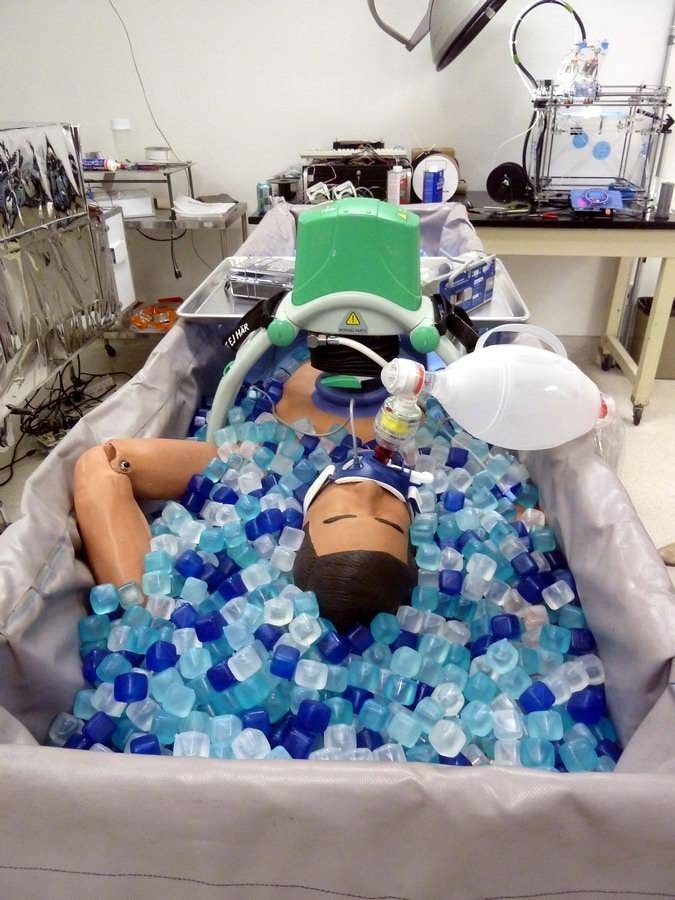
The company, named Humai, aims to "extend and enhance life" by freezing human brains for extended periods of time using cryonics – a deep-freezing technology that uses extremely low temperatures – before implanting them into artificial bodies.
Though that is just the beginning. Bocanegra's "ultimate goal" is to be able to preserve a human brain before a person dies.
"The best-case scenario, however, would actually be to successfully transplant a live person's brain to the bionic body... to achieve a point where no one has to die at all," he told BuzzFeed News.
Currently Humai's website only has a launch page and provides a small amount of information about its mission. So it is not surprising that when BuzzFeed News spoke to neuroscientists and AI experts about Humai's claims, the majority were extremely sceptical about its ambitions. They seemed to believe that Humai was more about generating headlines than scientific reality.
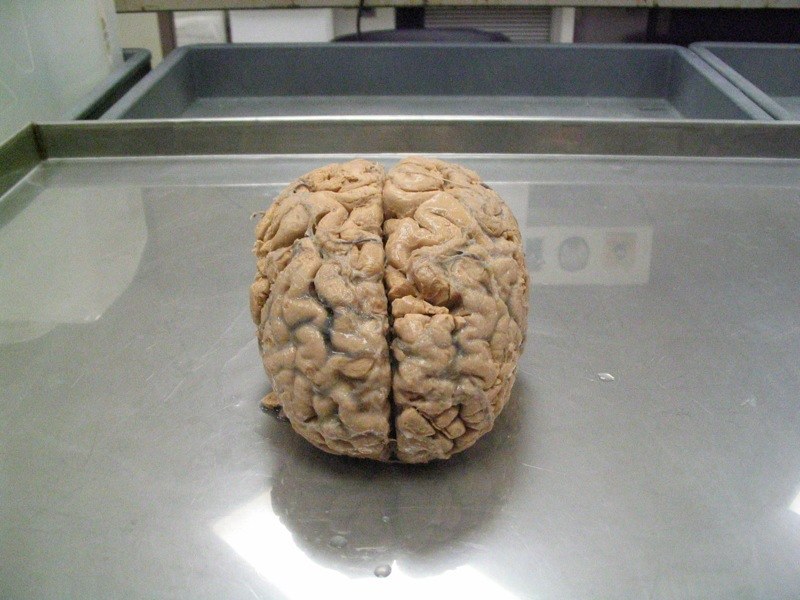
BuzzFeed News asked the Society for Artificial Intelligence and Simulation of Behaviour for thoughts on Humai's ambitious project. Subsequently we were invited to one of the monthly meetings of the London Interactivity Society (LIS), where members agreed to debate Humai's project alongside their usual discussions.
The general consensus was that Humai's concept might be "Illogical" rather than "impossible" for various scientific and philosophical reasons.
For example, one viewpoint suggests that our minds are not confined to our brains, but rather our minds extend to different parts of our bodies that are not traditionally associated with "intelligence".
Placing a brain into a different body is "not like changing the monitor of your PC", one LIS member explained. "There are lots of things to consider," he said, including the cultural influences that make up who we are.
"Continuity would be broken," another LIS member told BuzzFeed News. "That entity that people are trying to preserve just wouldn't be there. There is something that will never be captured no matter how sophisticated technology gets."
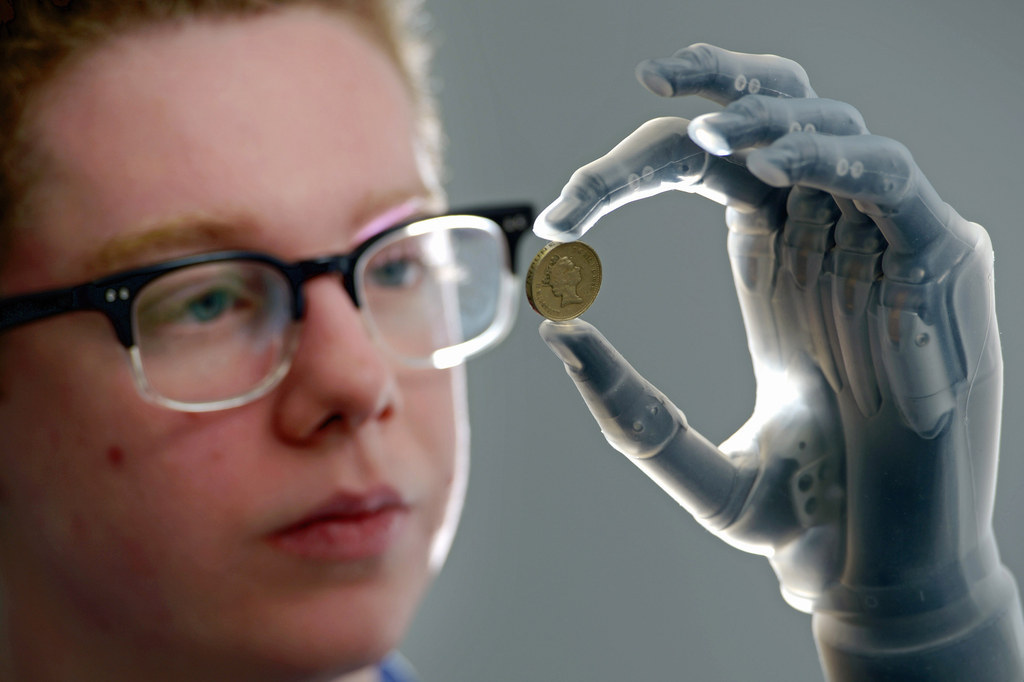
Igor Aleksander, a professor emeritus in neural systems engineering at Imperial College London, told BuzzFeed News that Humai's mission would need a significant amount of scientific evidence to prove its feasibility.
Furthermore, as far as he is aware, the company has not published any research papers in support of their missions in a scientific journal.
"The brain and its body are intricately interdependent and integrated for most aspects of a conscious life to take place," he said. "So a post-cryogenic attachment to some artificial body that has not taken part in forming the informational side of the frozen brain needs a great deal of scientific evidence to even begin to believe it is correct."
"Their claim strikes me as having the purpose of attracting press attention," he added.
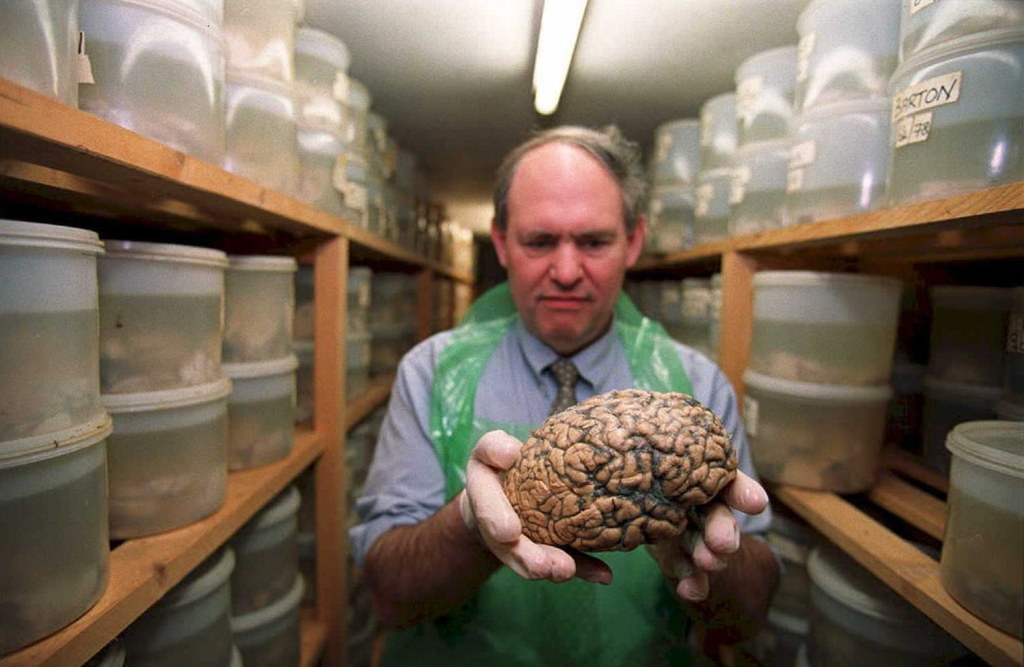
Humai's project also raises a number of ethical and legal issues. For example, would a person be able to choose their body type and physical features? And how much would this service cost?
Following the recent case of a young woman named Kim Suozzi, questions were raised over the success of brain preservation methods, such as whether brain connections actually remain intact following the extreme temperatures of cryonics procedures.
After being diagnosed with terminal cancer Suozzi, 23, was adamant that she wanted her brain to be cryogenically preserved in the hope of being resurrected in the future, the New York Times reported.
Suozzi and her boyfriend, Josh Schisler, managed to crowdfund $80,000 through donations on Reddit. When she died in January 2013 her boyfriend watched as a cryonics team separated Suozzi's head from her torso.
A cryoprotectant – an agent that protects biological tissue from freezing damage – was pumped through her main cerebral arteries, and liquid nitrogen gas was used to continue the cooling.
Suozzi's brain is currently preserved in a container awaiting revival.
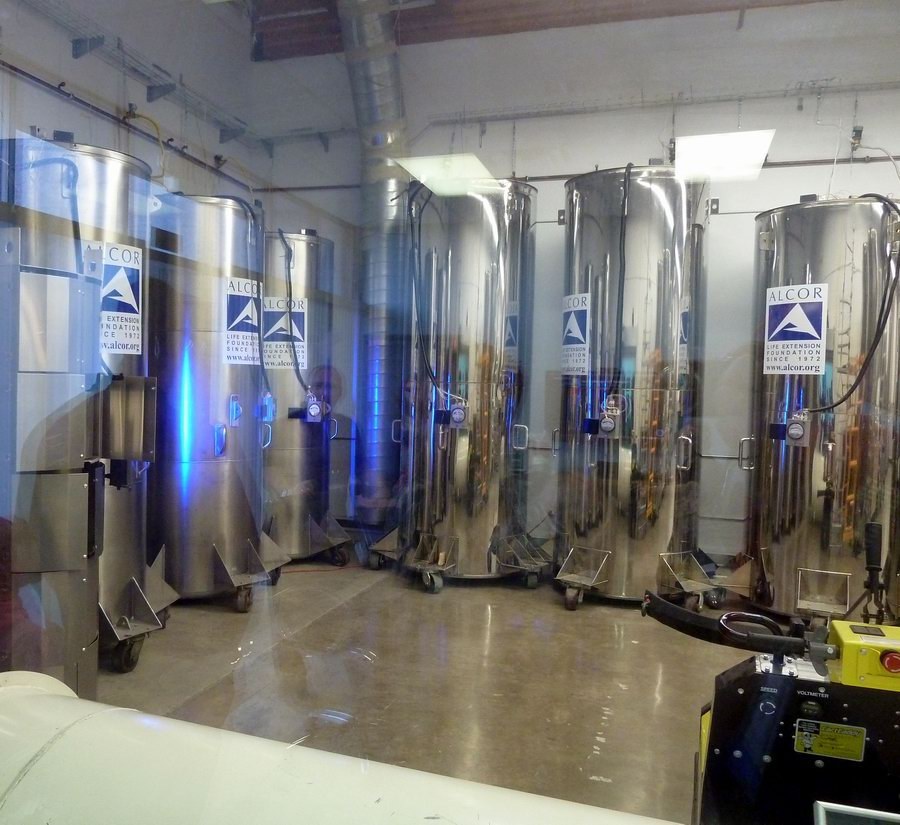
This concept is similar to what Bocanegra's company hopes to achieve in 30 years' time. He told BuzzFeed News that the research for Humai's mission started seven years ago.
Their first goal is to launch "Project Soul", which is to create an artificial replica of a deceased person. The next mission is called "Project Atom & Eve" – a bionic body that functions with a human brain, he said.
Though when asked whether there was any indication Humai's mission would be successful, Bocanegra said, "It's too early to know."
"There are promising breakthroughs happening every year in neuroscience and biotechnology," he said. "We plan to implement [these breakthroughs] as we work towards performing the first surgical procedure of restoring and implanting a human brain to a new bionic body."
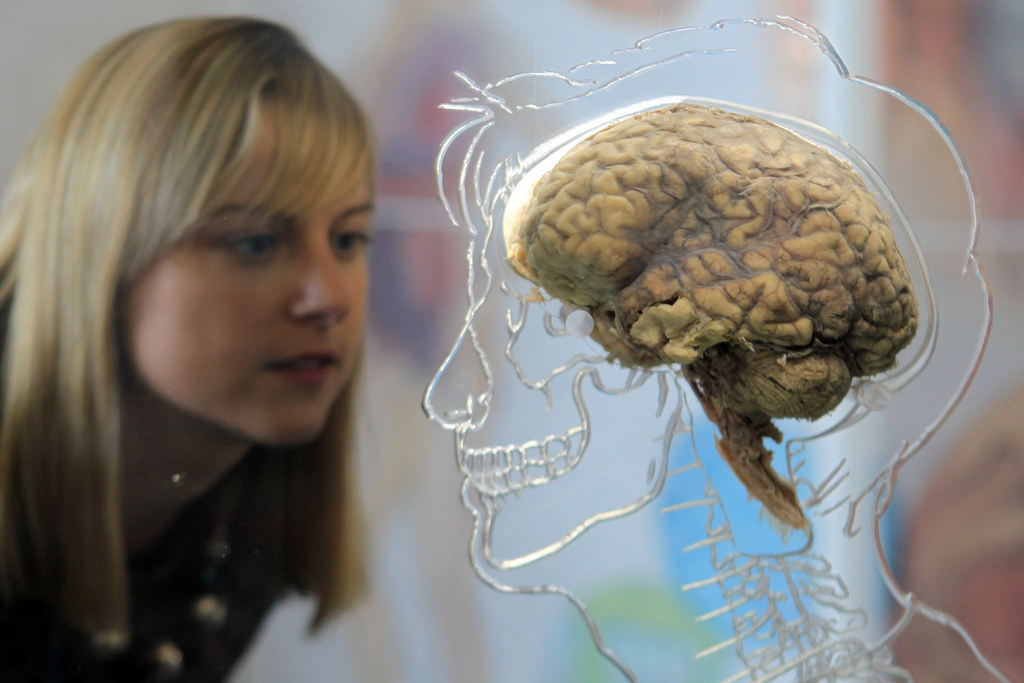
Bocanegra, who was raised in New York, said that his previous companies all left him feeling "unfulfilled".
"I realised that I wanted to work on something meaningful, long-lasting, and that will have an undeniable impact on other people's lives," he told BuzzFeed News.
"[Humai is] early-stage, the media picked us up before we even had our team solidified and there also has been some misconceptions about our mission."
Although Humai has been met with doubt, Bocanegra seems unwavering in the idea that one day he could make resurrection a possibility. He urged sceptics to reserve judgment until the company is able to demonstrate exactly it's doing.
"I understand not everyone wants to extend their lives," he added. "But for those who do, we want to make life after death an option."
